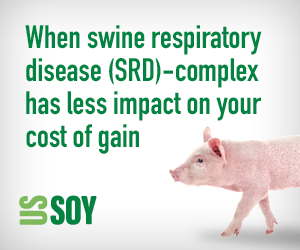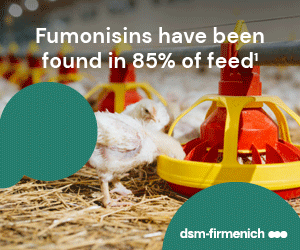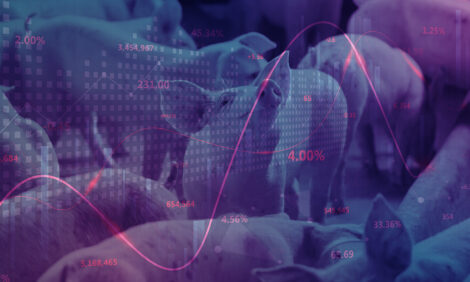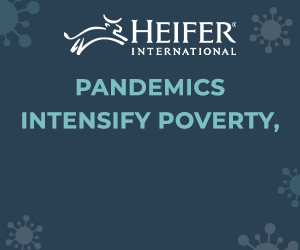



Dominican Republic: African swine fever continues to attack small pig farms
DR's small pig farms have little to no biosecurity controls in placeRead this article in Spanish on our sister site, El Sitio Porcino.
In 2021, African swine fever (ASF) was detected in the Dominican Republic (DR) and Haiti. Together, these countries make up the island of Hispaniola. The DR’s swine industry is composed of more than 13,000 producers that are mainly informal and backyard farms.
More recently, in at least five provinces of the DR, ASF has gone from being a threat to destroying small, native pig farms operating with little or no safety restrictions or breeding or other technology, according to reporting from Hoy.
ASF's spread will be unpreventable due to the vulnerability of sanitary, veterinary and territorial controls. These controls must be reinforced due to the infectious virulence of the disease. Cordoning off the important commercial pork production and ensuring compliance with expensive and demanding phytosanitary measures could be the only option to prevent a total mortality rate. Dominican authorities are urging large producers to adhere to the biosecurity protocols that are used in many parts of the world to keep disease out of barns and herds.
The best practices for a high level of biosecurity in pig production cannot be left unsupervised or freely chosen. It requires strict adherence to protocols for feed, water, farm staff, visitors on-farm and much more.
Pig farming annually in the Dominican Republic produces nearly 80 million kilos of pork which does not meet domestic demand, leading to a need for pork imports.
The Dominican Republic and Haiti were previously affected by ASF in 1978, which they dealt with by eradicating all susceptible swine on the island. Today, that would cost RD$4.5 billion (US$71 million) while destroying a source of income and protein for thousands of rural Dominican families, according to Hoy.
There are no natural barriers to the rapid spread of the virus that could wipe out the pig herd. ASF is difficult to control due to the lack of treatment or an approved and widely available vaccine. It has caused severe disruption to the global swine industry, especially since 2018 when China's outbreak began rolling through their country. While the transfer of animals across the country has been banned, it is very difficult to enforce which has caused the disease to continue to spread.
In response to the 2021 reintroduction, the DR veterinary authority with international support employed a series of emergency strategies focused on containing and eradicating the disease, including the development of laboratory capacity for ASF testing, surveillance, depopulation of infected herds and compensation for culled animals.1
It has been estimated that production decreased by 21% in 2022 because of ASF compared to the previous year, and that approximately $28.7 million USD was spent on indemnification (compensation) to affected producers for government-mandated depopulation from June 2021 to September 2023.1
1 Schambow, R.A., Carrasquillo, N., Kreindel, S. et al. An update on active and passive surveillance for African swine fever in the Dominican Republic. Sci Rep 15, 2244 (2025). https://doi.org/10.1038/s41598...

















